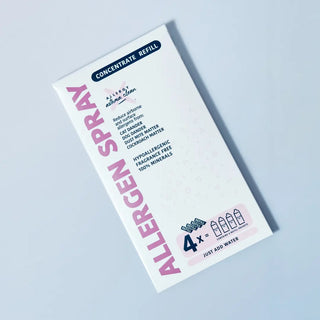Pets are beloved members of our families, bringing joy and companionship into our lives. However, just like humans, pets can also suffer from allergies. From itchy skin to sneezing fits, allergies can cause discomfort and distress for our furry friends. In this article, we will explore the world of pet allergies, learning how to recognize the symptoms and provide the necessary care and support. So, if you've ever wondered if pets can have allergies too, read on to discover how you can help your four-legged companion find relief.
Recognizing the Symptoms:
Pets with allergies may exhibit a range of symptoms that can vary depending on the allergen and the individual. Some common signs of allergies in pets include:
1. Itchy Skin: Constant scratching, licking, or biting of the skin is a telltale sign of allergies in pets.
2. Sneezing: Pets may experience frequent sneezing.
3. Ear Infections: Allergies can also lead to frequent ear infections in pets.
4. Paw Licking: Excessive licking or chewing of the paws can indicate allergies, especially if the paws are red, swollen, or have sores. This behavior is often seen in pets with environmental allergies.
5. Hair Loss: Allergies can cause hair loss in pets, particularly in localized areas where they may be constantly scratching or biting their skin.
It is important to note that these symptoms can also be indicators of other health issues, so it is crucial to consult a veterinarian for a proper diagnosis.
Common Allergens:
Pets can be allergic to a variety of substances, including:
1. Pollen: Just like humans, pets can be allergic to pollen from grass, trees, and flowers. These allergens are more common during certain seasons.
2. Dust Mites: These microscopic creatures can be found in bedding, carpets, and furniture. They can trigger allergies in some pets.
3. Mold and Mildew: Damp environments can harbor mold and mildew, which can cause allergic reactions in pets.
Managing Allergies in Pets:
Here are some common strategies for managing allergies in pets:
1. Avoidance: If you know what your pet is allergic to, the best approach is to try to avoid exposure to those allergens. For example, if your pet is allergic to pollen, try closing windows and doors. Changing air filters often.
2. Bathing: Regularly bathing your pet can help remove allergens from their fur and skin. Use a hypoallergenic shampoo recommended by your veterinarian.
3. Allergy Testing: In some cases, your veterinarian may recommend allergy testing to determine the specific allergens your pet is reacting to. This can help guide treatment decisions.
4. Environmental Modifications: Making changes to your pet's environment can also help manage allergies. This may include using air purifiers, keeping the house clean and free of dust and mold, and using pet-friendly cleaning products.
Allergies can cause discomfort and health issues for pets, but with proper management and treatment, their symptoms can be minimized.


















